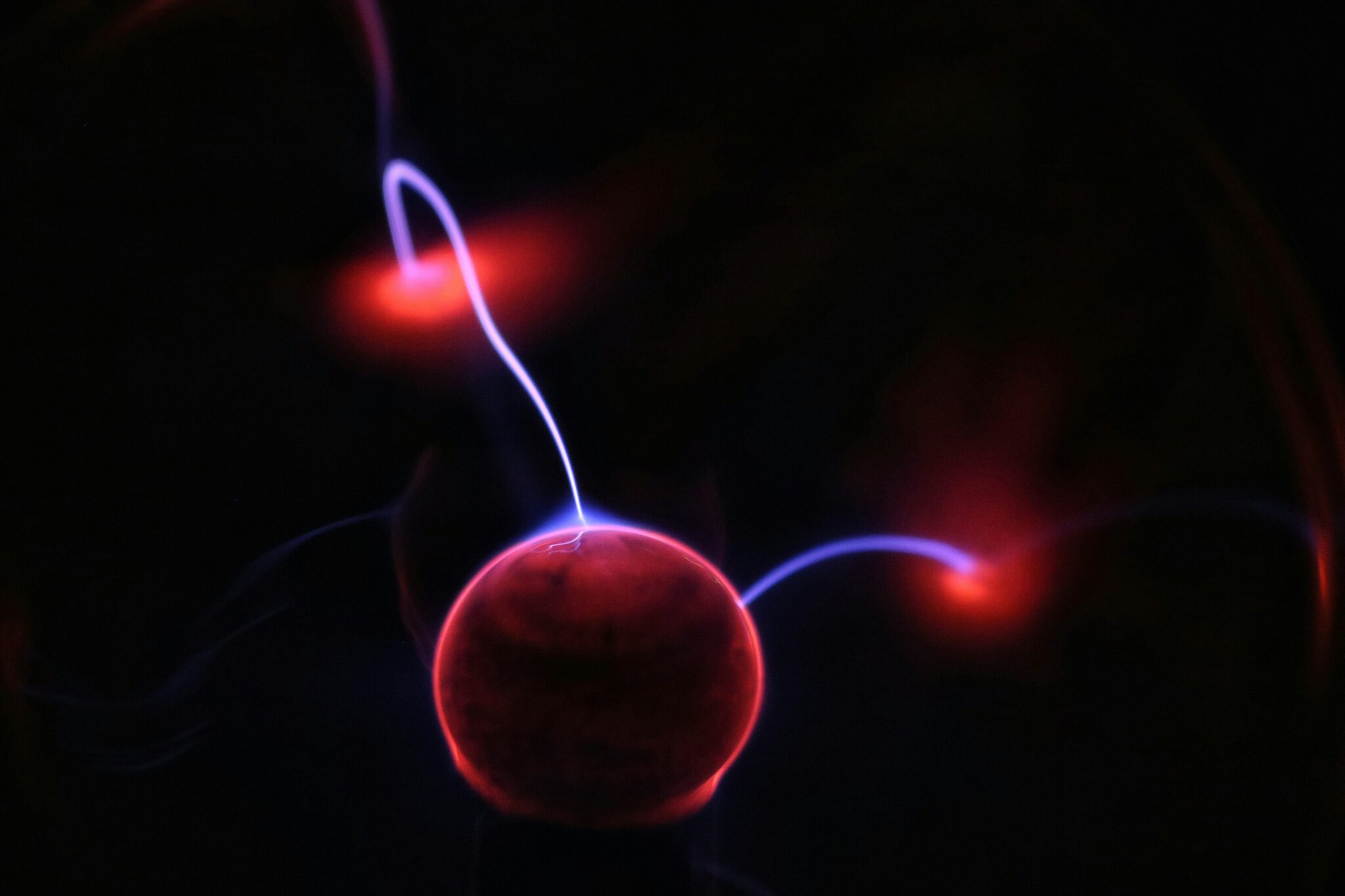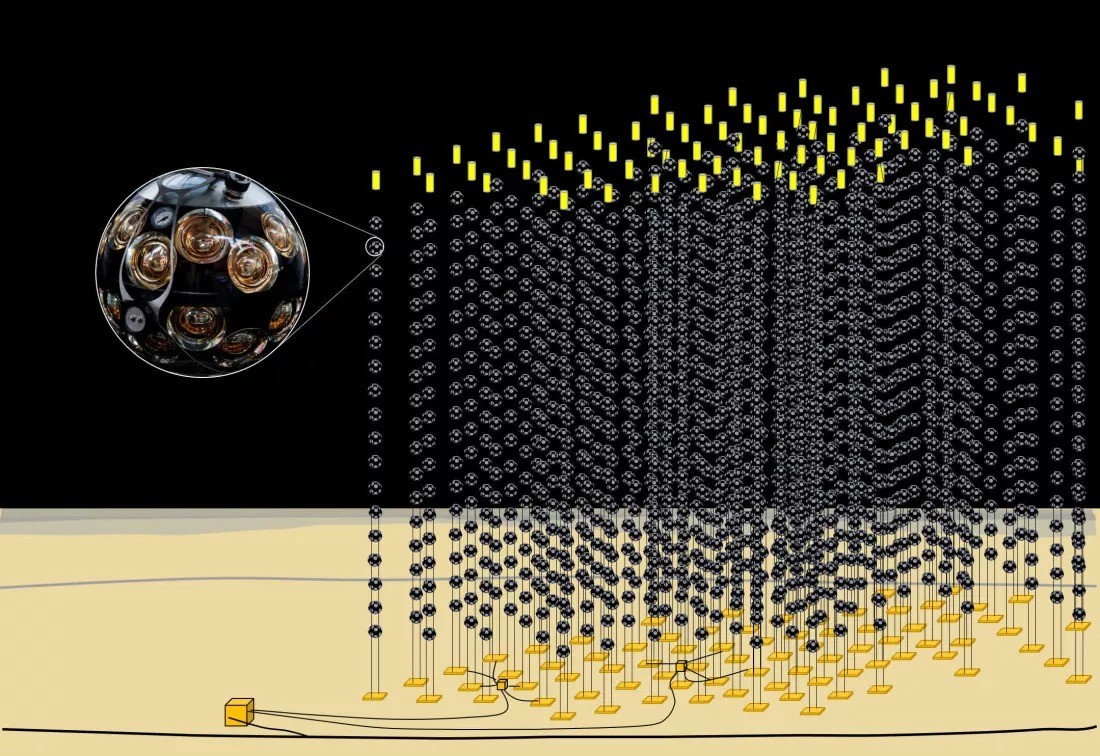Despite their electrical neutrality and small mass, neutrinos are among the most abundant particles in the Universe. But the problem is that it is extremely difficult to detect their interaction with conventional matter, so identifying ultrahigh energy neutrinos is akin to winning the lottery.

The underwater observatory ARCA (Astroparticle Research with Cosmics) has detected subatomic interactions that may be the result of ultra-high energy neutrinos. Neutrino physicist Joao Coelho announced the potential discovery at the Neutrino 2024 conference in Milan, Italy.
ARCA consists of several Plexiglas spheres, each about half a meter wide, attached to strings anchored to the bottom of the Mediterranean Sea southeast of Sicily. The observatory is located 3,500 meters below sea level and is part of a large array of KM3NeT telescopes and detectors designed as the next generation of neutrino telescopes.
ARCA spheres are designed to detect light radiation that can reach the seabed, including high-energy cosmic rays and particles such as neutrinos. Neutrinos cannot be observed directly, but their presence can be detected when the particles strike atoms of water, air, or rock. ARCA instruments detect the cascade of subatomic particles produced by this interaction.

Ultra-energetic neutrinos have been known for several years and are thought to be the result of the most violent events in the Universe, such as the growth of supermassive black holes or the remnants of supernovae stars. These neutrinos can carry energies of half a petaelectronvolt (PeV) or more. The potential high-energy neutrino announced by Coelho can have energies of tens of petaelectronvolt.
If the discovery is confirmed, a physicist at the University of Wisconsin-Madison, Francis Halzen, said it would be a “fantastic event” for particle physics researchers. Coelho described the detection by ARCA, which has been collecting data since the mid-2010s, as a phenomenon that is very far away from anything ever recorded about neutrinos.
Neutrinos are among the most elusive particles in the Universe and the least studied in the Standard Model. Many efforts are now underway to unravel their mysteries. CERN uses the Large Hadron Collider for neutrino experiments, and other observatories designed to detect high-energy neutrinos are under construction or have been proposed by researchers from around the world.
According to techspot.com


